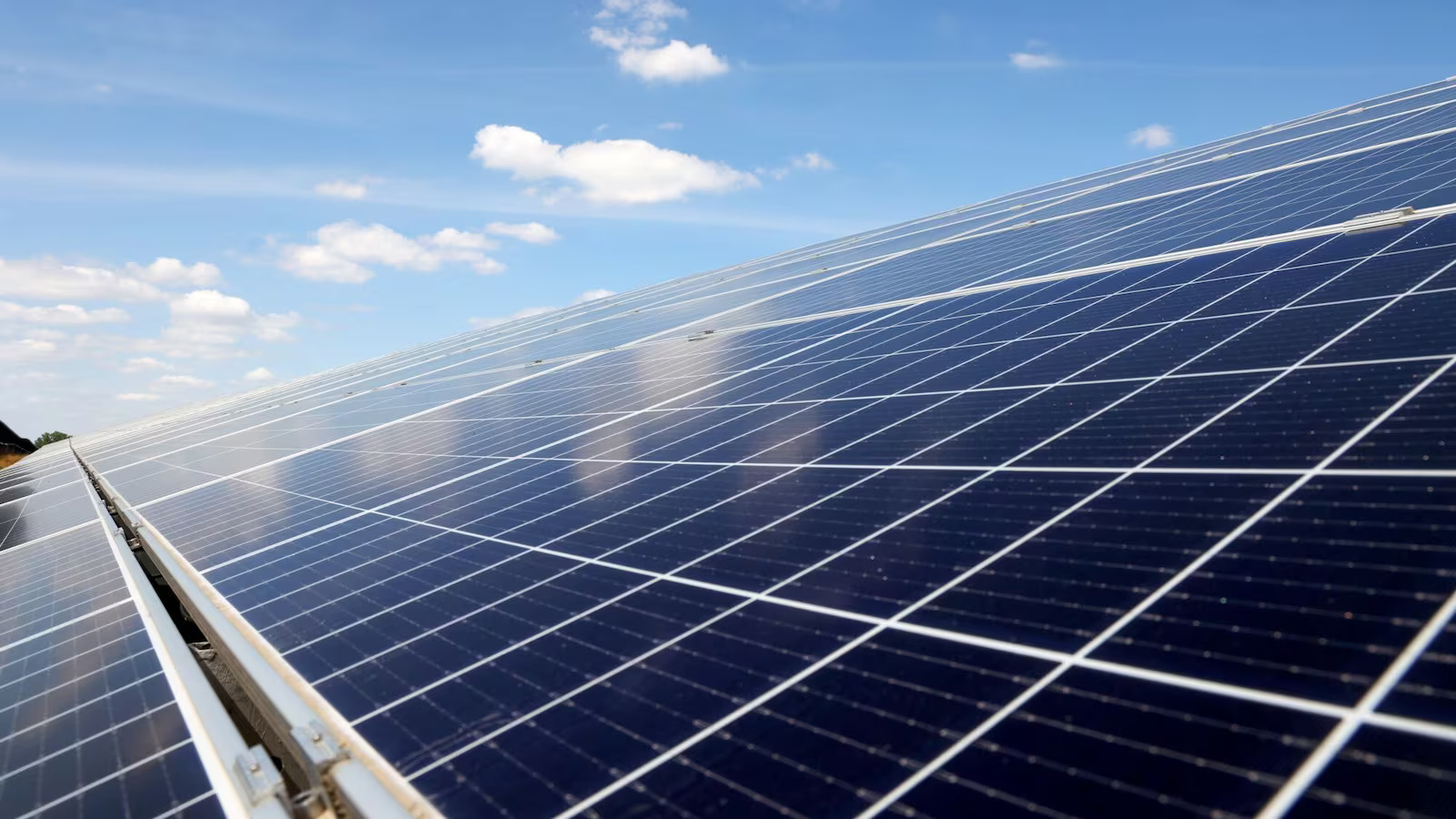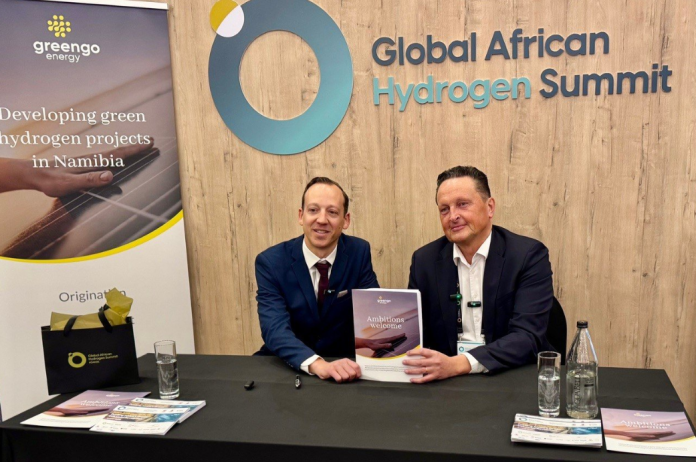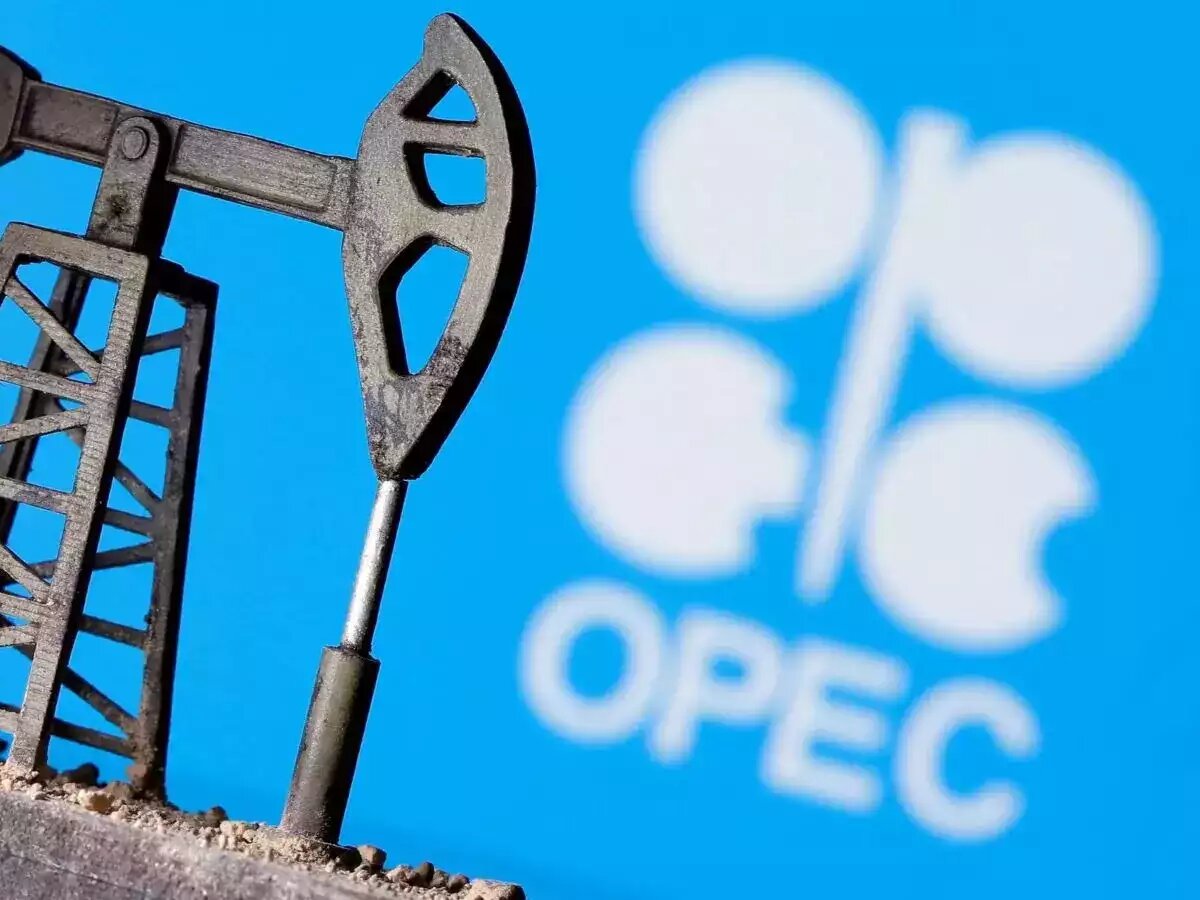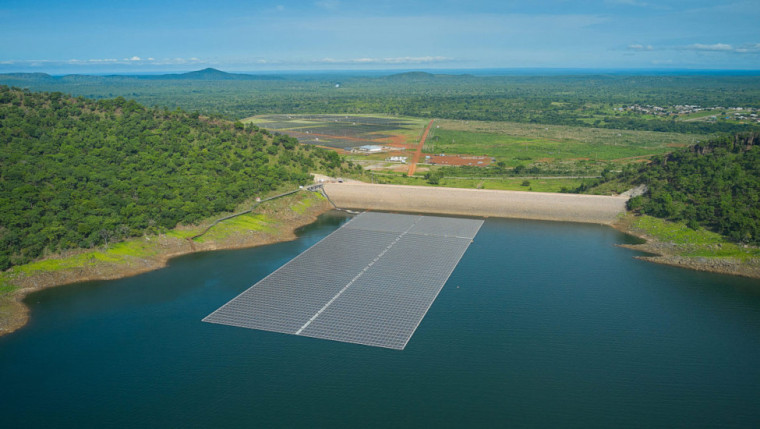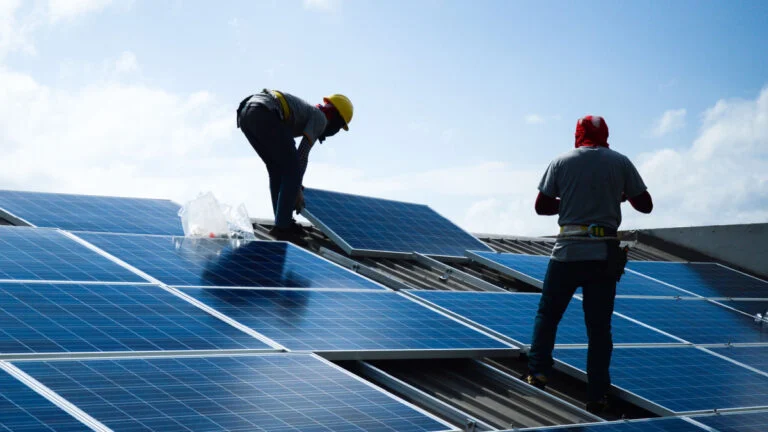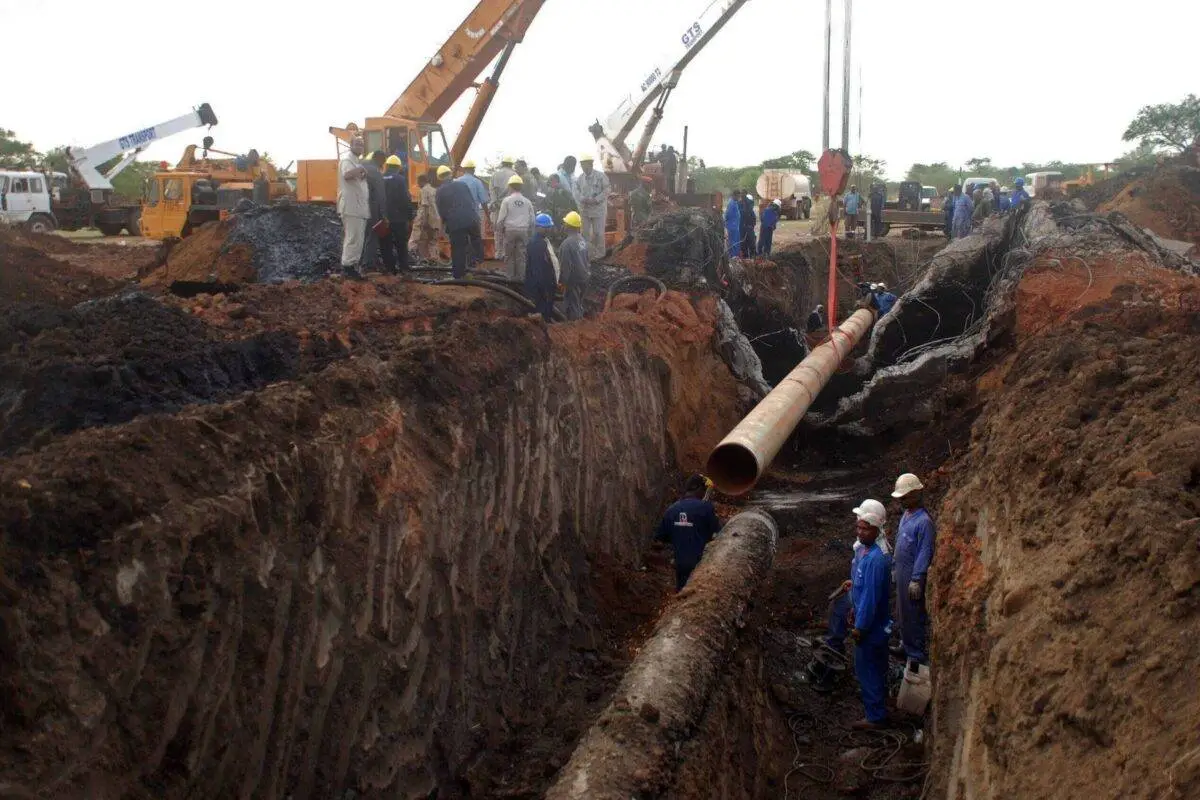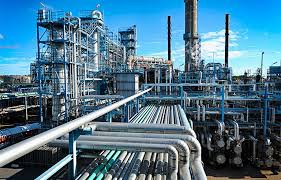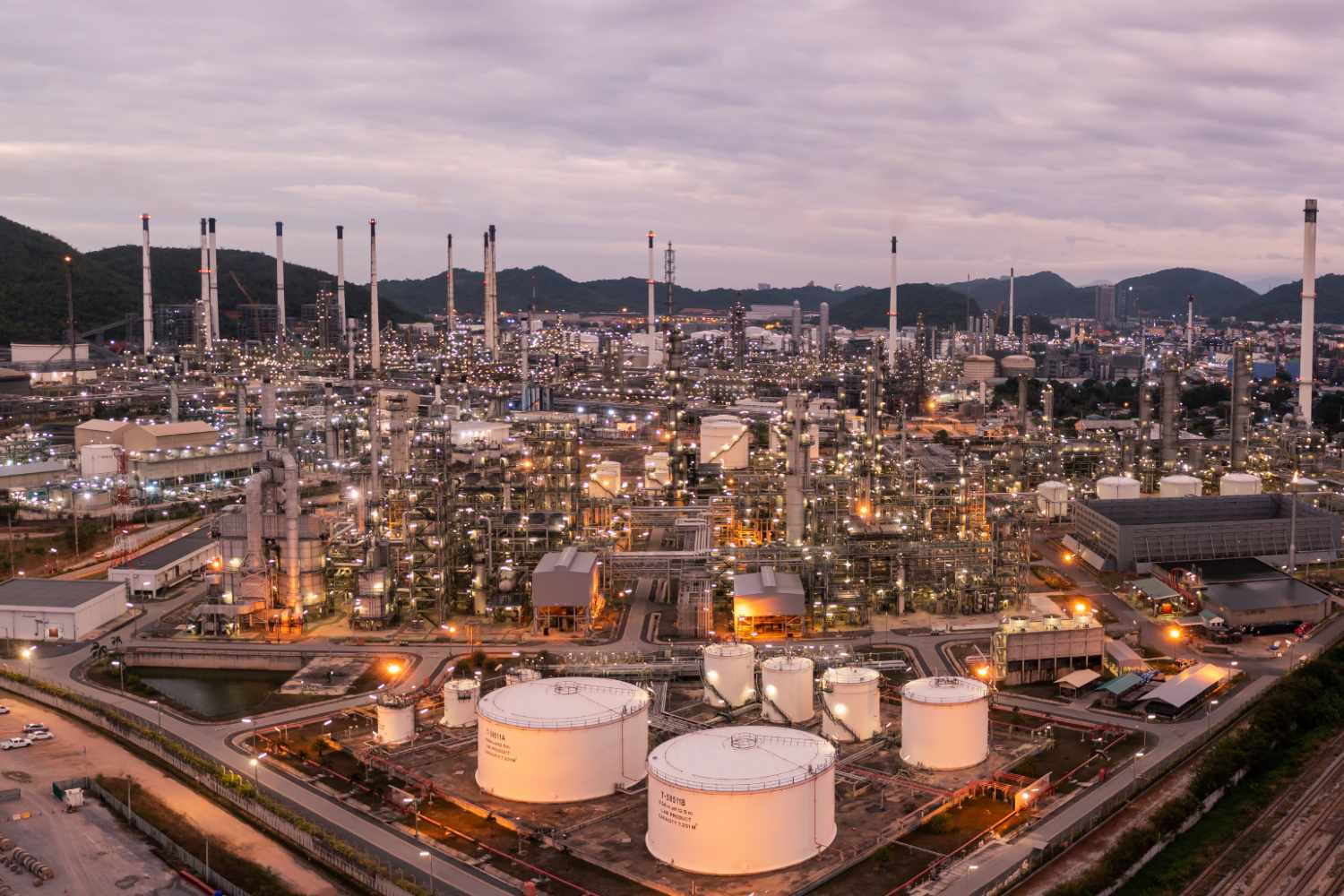Generation

Middle East Strengthens Energy Security Role While Eyeing Low-Carbon Growth
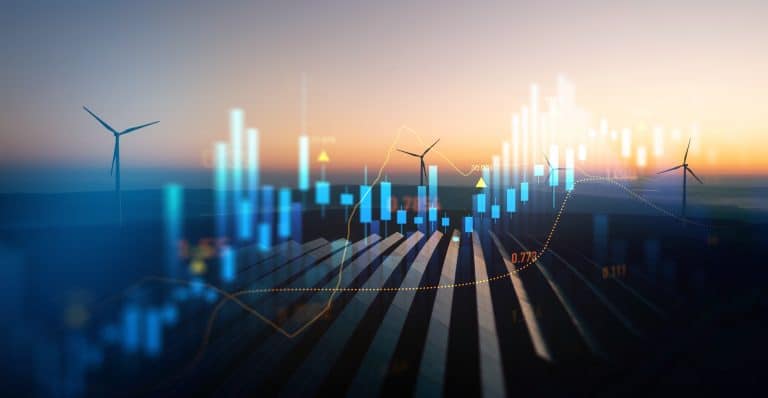
As global markets grapple with energy volatility, shifting trade alliances, and climate pressures, the Middle East has emerged as a key pillar of stability, not only for conventional fuel supply but increasingly as a player in the energy transition, according to analysts at Wood Mackenzie.
In conversation with Oil & Gas Middle East, the analysts note that the region is evolving its role from a hydrocarbon supplier to a broader strategic partner in global energy security, while laying the foundation for competitive low-carbon industries.
“Many markets are depleting their domestic energy reserves and have not deployed enough renewables at scale to make up the shortfall. Having a reliable merchant such as the Middle East during this intervening period, especially amidst the rising encroachment of politics into trade globally, is especially important,” says Jom Madan, Senior Research Analyst, Scenarios & Technologies at Wood Mackenzie.
While the region continues to play a stabilising role in oil and gas supply, its energy market remains exposed to external risks. Fossil fuels still account for between 30% and 90% of GDP in many Middle Eastern economies, and more than 80% of their exports, making them especially vulnerable to global shocks.
“Regional conflict, trade wars, or the reintegration of Russian supply into global markets could all significantly affect both supply and demand,” says Prakash Sharma, Vice President, Head of Scenarios and Technologies at Wood Mackenzie.
Beyond geopolitical and trade risks, Sharma adds, there are internal demographic and environmental challenges ahead.
“We expect the region’s population to expand by 36% by 2050, the fastest rate globally after Africa. This will drive up demand for food, water and electricity.”
Given that the region already has some of the world’s lowest freshwater availability per capita, dependence on energy-intensive seawater desalination — currently accounting for half of global capacity — will grow. Climate change will further intensify residential electricity use and water needs, increasing the burden on power infrastructure.
Opportunities in a Lower-Carbon Future
Despite these pressures, both analysts emphasise that the region holds significant potential to support global decarbonisation, particularly through its investments in low-carbon technologies and its favourable natural resource base.
“The Middle East may play a key role in decarbonising the global economy, and the region’s subsurface advantage, combined with decarbonisation investment, has resulted in the lowest carbon intensity for upstream production and refining anywhere in the world,” Madan notes.
For example, Wood Mackenzie estimates that by 2025, Saudi Aramco’s Scope 1 and 2 upstream emissions intensity will be 14.7 tCO₂e per thousand barrels of oil equivalent (kboe), with plans to cut that by 15% by 2035. These emissions reductions form part of a broader regional push to integrate carbon capture, utilisation and storage (CCUS) into energy and industrial value chains.
According to Sharma, “17 million tonnes of carbon capture capacity is already operational in the region, and another 56 million tonnes is in the pipeline. This momentum could support the development of regional CCUS hubs, allowing cost-sharing across industries and attracting adjacent sectors.”
In parallel, governments and state-owned companies are advancing blue and green hydrogen projects, positioning the Middle East as a future exporter of low-carbon fuels and synthetic products. Sharma notes that demand-side signals — including the rise of carbon border adjustment mechanisms — could further boost competitiveness.
“The region can capitalise on low-cost renewables and CO₂ storage capacity to attract foreign investment into high-value industrial sectors,” he says. “This includes synthetic fuels, low-carbon chemicals, and even emissions-free smelting of direct reduced iron using hydrogen (H₂-DRI).”
As these projects’ scale, the Middle East could become home to “energy super basins” where traditional hydrocarbons, clean energy, and carbon management technologies co-exist.
Madan says such integration would allow the region to remain competitive across both legacy and emerging energy markets.
“In the face of rising decarbonisation pressure and more carbon-conscious consumers, the Middle East has an opportunity to redefine its value proposition. It’s no longer just about exporting fuels — it’s about exporting low-carbon solutions,” he concludes.




